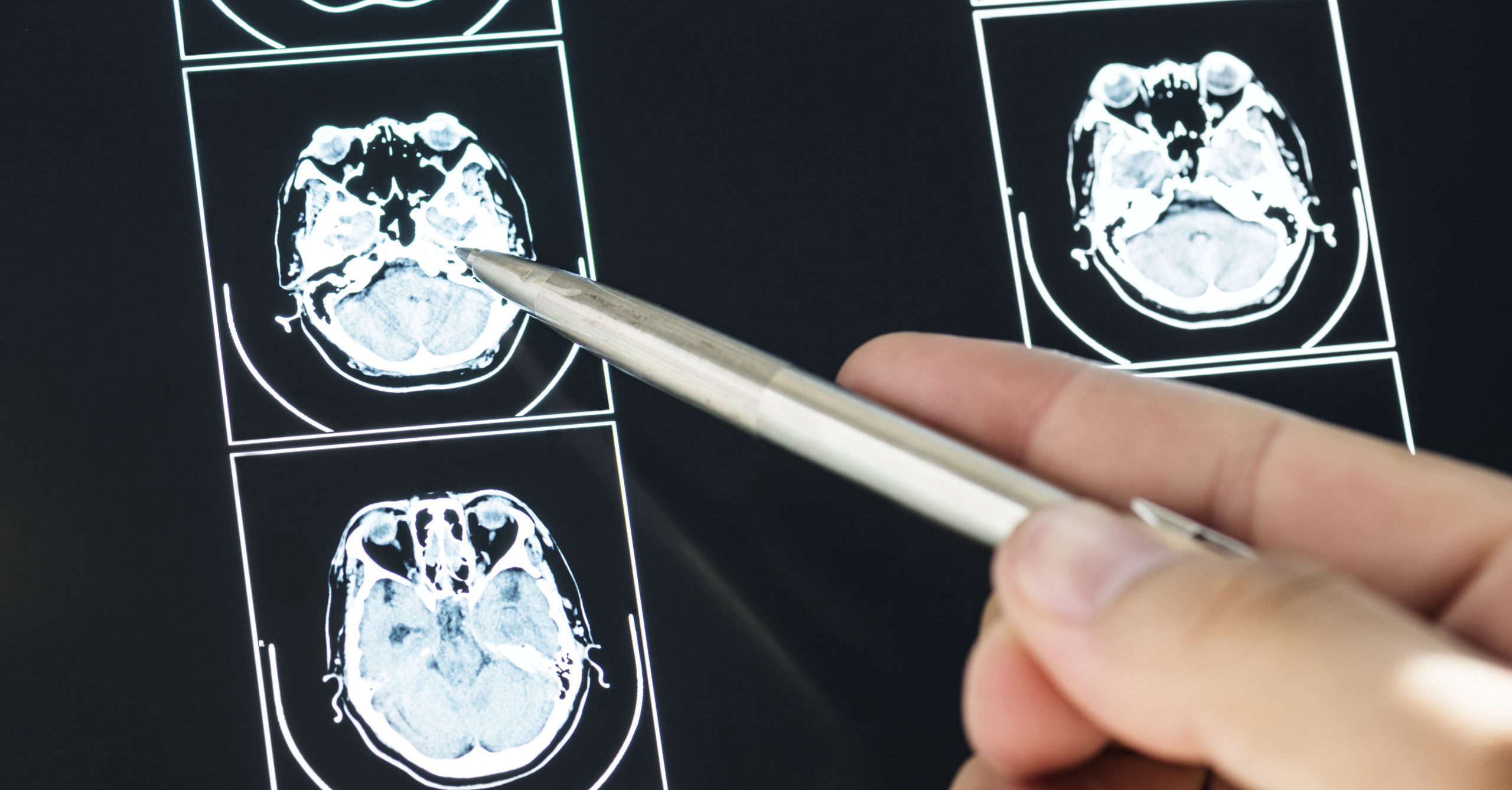Gamma-MRI
Gamma-MRI: the future of molecular imaging
RS2D is one of the main participants of an international consortium of the very prestigious European H2020 grant with title: Gamma-MRI the future of molecular imaging.
The project was awarded in November 2020 and started in April 2021 with a duration of 3 years.
Stroke is the second most common cause of death worldwide, and the extent of ischaemic damage is the determinant factor for treatment. There is a very narrow time window of a few hours for treatment initiation, but point-of-care molecular imaging is lacking.
To address this problem, the EU-funded GAMMA-MRI project is proposing the development of a breakthrough imaging technology manipulating gamma rays that combines MRI with nuclear medicine imaging principles (gamma emitter radioisotopes), combining the imaging advantages of these two technologies. This novel device incorporates artificial intelligence and is expected to advance molecular imaging while bringing the personalised early management of stroke a step closer to reality.

The Gamma-MRI project is dedicated to developing a clinical molecular imaging device based on the physical principle of anisotropic gamma emission from hyperpolarised metastable xenon. In the strategic move from “one size fits all” to personalised medicine, molecular imaging plays an essential role. However, despite significant technological advances in the last decades, medical imaging (especially for the brain) relies heavily on very expensive, complex, and bulky machines. Moreover, MRI suffers from low sensitivity, only partially compensated by the recent advances in hyperpolarisation. On the other hand, the very sensitive PET and SPECT imaging modalities offer limited spatial resolution. Besides those trade-offs, the limited access to suitable devices still hinders the applicability of medical imaging to address major healthcare challenges in brain-related pathologies, even in Europe.
Stroke alone is the second cause of death and the third cause of disability worldwide. The evolution of ischaemic damage varies much among patients. To achieve significant improvement in the outcome of the patients, a careful selection of the treatment path guided by images of the ischaemic brain, in a narrow time window of just a few hours is crucial. Unfortunately, point-of-care molecular imaging that could speed up patient management barely exists. Gamma-MRI is a game-changer imaging technology, combining the high sensitivity of gamma ray detection and the high resolution and flexibility of MRI, bringing down by multiple fold the cost of molecular imaging. Six closely interlinked work packages will cover: production of hyperpolarised gamma-emitting xenon isomers; preserving hyperpolarisation until delivery to targeted organ; developing advanced image acquisition and reconstruction using physics- and artificial intelligence- based approaches; designing and assembling the prototype upon a low field versatile magnet; and implementing the first preclinical Gamma-MRI brain imaging experiment.
